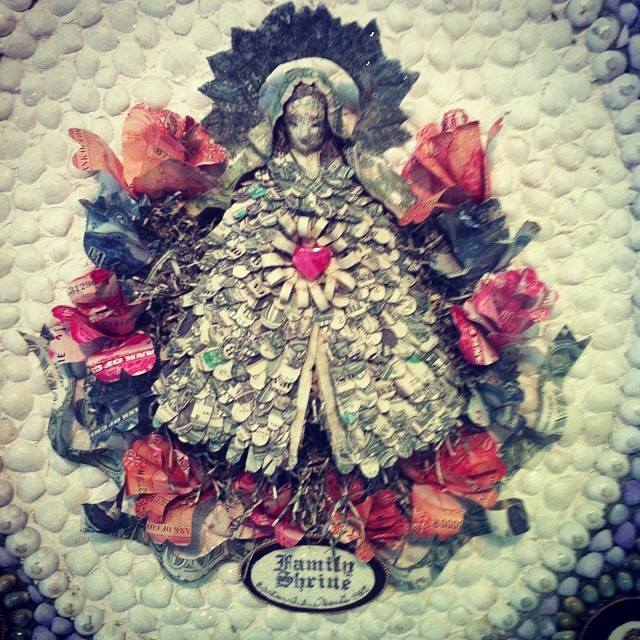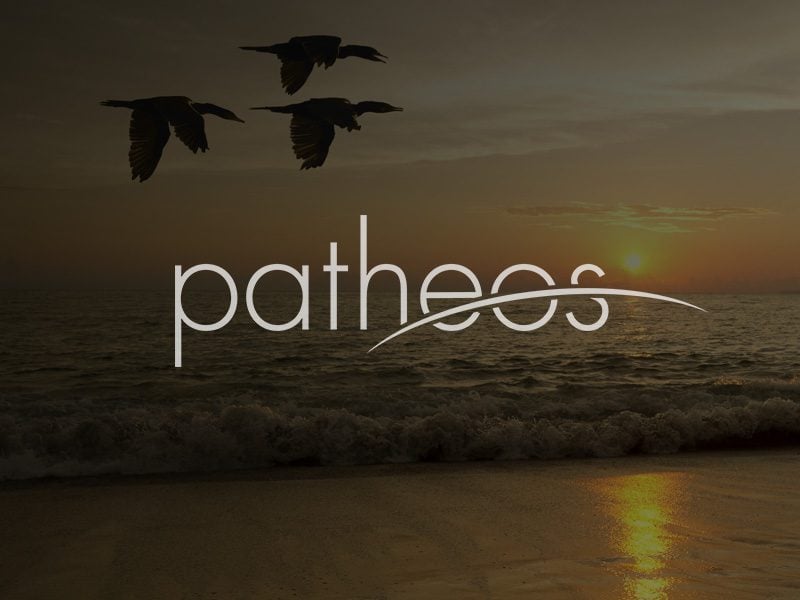Joseph Bottum puts it plainly, here at Patheos: “Forget the culture-wars crap.”
He’s right, and his urgent, huffy tone is appropriate. I wrote something similar, almost a year ago, and since then I’ve had countless conversations with likeminded Catholics who are doing the creative work it takes to move beyond the culture wars.
One such Catholic is Brian Doyle.
His recent book of essays is a pleasure to read most of all because it is refreshing to read the words of someone who clearly cares about the craft of using them. It may seem obvious and dull to praise an author’s book because it has good writing, but anyone who reads widely amongst Catholic literature (blogging included) knows that, sadly, this is noteworthy.
This sure ain’t Matthew Kelly.
No. Doyle isn’t marketing Catholicism 2.0 nor is he posing as an apologist, scrubbing, dusting, sweeping and mopping the Church’s image with cliche assertions and pep talk. Doyle is not a consultant either. He is not a self-help guru or a how-to-get-it-right-most-of-the-time motivator.
Doyle is an essayist. A writer who can stand toe-to-toe with anyone, anywhere, with all the requisite musculature, rigor and verve, who also happens to be Catholic, and is serious and devoted to that, too.
This is Flannery O’Connor kind of stuff.
*
There was a time when a Catholic aesthetic oozed out of the pores of just about everything, even by negation. Even “Shit Christ.”
I don’t think that time has entirely passed.
*
I recently played some lounge music for the opening of a new display at the North Dakota Museum of Art. The main feature is a recreation of the apartment of the late New York artist, Barton Benes. The theme described is cited as predominately African, but I saw something very different. The collection was thick and smoking with Catholicism: morbidity everywhere, relics, Mexican notes of thanksgiving to Our Lady of San Juan, a money-mâché mosaic of Our Lady (pictured above). A monstrance. This heavy sacramental sprinkling of holiness was doused all over the dead hummingbirds, a giraffe bust, voo-doo masks, ruins from disaster sites, nesting in a tiny New York-sized apartment, playing “Law and Order” on repeat.
It was in that flux of art that I understood Doyle’s book in light of Bottum’s lament.
*
The title-track of the book is a litany, a prayer. It reminds me of William James’ essay, “What Makes Life Significant,” where he describes his visit to Chatauqua Lake, a “middle class paradise.” James is initially seduced by this perfectly artificial place, where soda fountains run incessantly, but when he returns to the wild and crazy world he is surprised to find himself relieved to be back in the mess and sin of human existence.
Doyle’s wind-up is playful and light: “The house is mortgaged until the Jesus Blessed Christ returns in His Radiant Glory to resolve all mortgage payments and carry us home to his House.” The middle quickens and gets more personal, recalling lost siblings and unborn children. The ending shows the joy that can dwell in pain, and the glory that still has wounds. He testifies, “I don’t know Who set all this pain and glory in motion, but I bow in thanks for the sweet puzzle of it all.”
There is a confidence in this book that is willing to leave itself alone. Let art be sufficient. The writer’s voice knows it’s range and defects and where the good notes are. The musicality of the long, often bare, sentences, filled with description and comparison, shows an author who knows what (not) to do.
*
The culture wars were fought out of a fear of nihilism, but fighting nothingness head-on is a recipe for metaphysical disaster. It breeds fear of nothing, treating it as if it were something. You make the anti-real more than real. It also presumes to have discovered this condition recently, ignoring its history and anthropology.
Today many of our Catholic brothers and sisters live in fear of the world. Scared of all the bad things that are happening. And the people. Bad intentions, everywhere. Conspiracies. Gripping rosary beads out of fear and clinging to a well placed remote control.They want to know what to fear and how to guard against it and get the word out so share it online and pray for Jesus and the “good guys” to make it right.
We want better arguments and stories — anything and everything — and lots and lots of gotchas and wisecracks.
Reading and television and internet are tools for anxiety, dread, and scams. The art of it all, lost.
In the midst of this grim condition, there are exceptions: periodicals like Doyle’s Portland Magazine, reviews, collections, and other things not quite as paranoid or quick to deliver.
The Thorny Grace of It is one of these exceptions, piercing through the cultural battlefield and bullshit, relishing it even, unafraid, sharing the insight that “Catholicism and golf are ultimately about crazy hope.”












